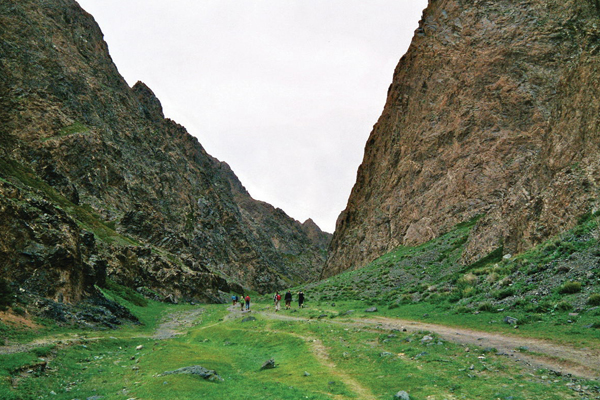

It’s one of the natural secret of Gobi Gurvan Saikhan National Park and beautiful deep canyon with many rocky cliffs, has been created by many years of water erosion. The Eagle Valley ( Yolyn Am), a protected site in 1965, is 62 km north west of Dalanzadgad. Very wide at the entrance, it narrows gradually into a remarkable gorge. A spring 2 or 3 km long winds its way through the defile and in July, freezing into a thick corridor of ice that stretches along a considerable distance. In earlier times, the blocks of ice rarely melted, being protected from the vicious sunlight. This however has changed in recent years, partially because of the multitudes of tourists that walk on the ice. You can still see ice here in July but it is almost completely melted by end of Au...
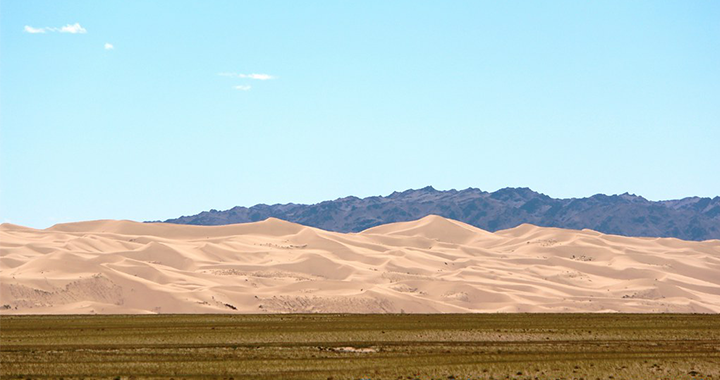

A Mongolian largest sand dune named Khongoryn Els has an extraordinary length of 180 kilometers and 15-20 kilometers wide, reaching a height of impressive 300-400 meters. One of the best places to observe booming dunes in the southern Mongolia is Khongor Sand dunes. The sounds have been variously described as singing, whistling, squeaking, roaring and booming. To stand before an enormous, gleaming white sand dune and realize that all of this was once an ancient lake bed or coastal plain is quite astonishing. The incredible roaring sounds of distant dunes is an unforgettable experience, particularly during the quiet hours of darkness and daybreak. Starting with the wind and tumbling particles of sand and culminating in picturesque drifts of rippled sand with an entire, dynamic, living co...
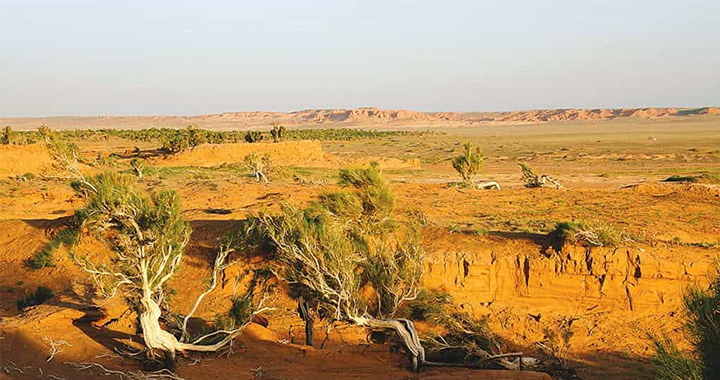

Bayanzag is located near by Bulgan Village, 597 km away to the south west of Ulaanbaatar city in Umnugobi province. This area is the birthplace of dinosaurs, and is renowned worldwide for the number of cretaceous dinosaur eggs and bones found here, which are discovered by famous American paleontologist Roy Chapman Andrews in 1922. In the same area he discovered petrified forests, remains of mammals and in particular the skeleton of a hornless rhinoceros, the largest known mammal in the world. Other finds in this location were complete dinosaur skeletons, eggs with a diameter of 10-15cm and hatch longs from the Cretaceous Period. Mongolia is considered second country of dinosaur finds while USA is first and 330 types of dinosaurs have been found in the world and 60 ty...
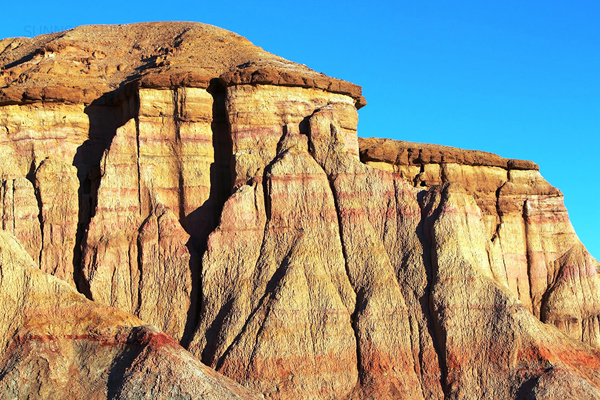

Tsagaan Suvarga (White Stupa) is located in Middle Gobi province. It is sheer slope and was an old seabed with sedimentary structure created by millions years and the different colors of the ground represent different times. The formation is over 50 m in its highest point and continues 400 m. There is no clear date of geography research work and it is good spot take rest and overnight place driving to South Gobi desert from Middle Gobi desert. Its wall slope is looks like a ancient ghost city form a distance. There is 2 famous sites for explore. First one is a interesting cave which is 70 m long Khevtee Bosoo agui (Lie and Stand Cave) and not so far from the site. Second option is exploring Del uul (Back Mountain) for seeing rock drawings of Bronze Age. This is considered almost larg...
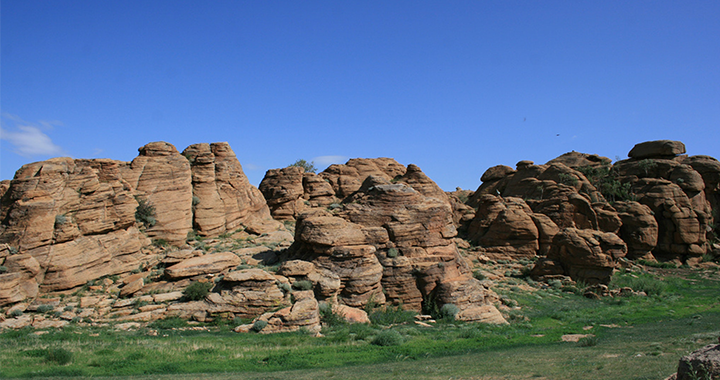

These mountains with granite stone massifs are located in Middle Gobi Province. Baga Gazriin Chuluu, is a 15km long and 10 km wide stone massif, highest point is Tahilgat Mountain /1768 m/ in the Northwest part of the stone massif. Over 20 kinds of medical herbs and many species of animals such as wild sheep, ibex and marmot exist here, Surtiin am is one of many beautiful places in Baga gazriin stone massif. This is a narrow canyon with asp, birch, white wicker and elm tree, as well the ruin of a stone temple and the site of 2 Gers where monks lived and meditated since the 17 th century. Also, there is a spring water which comes from under source is good for eye illness.
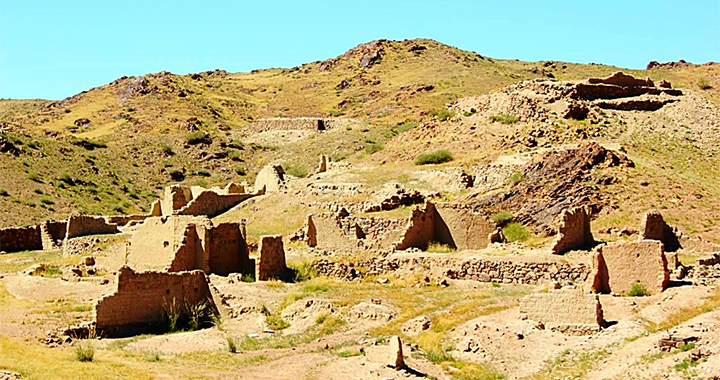

The ruins of Ongi temple are found in Saikhan-Ovoo village of Middle Gobi province and it is about 250 kms from Karakorum, en route to South Gobi. It is the ruin of a big monastery on the bank of the Ongiin River, which is one of the longest river in Mongolia has 435 km length and flows into Ulaan Nuur. A river takes source from the Khangai Mountain range in Ovorkhangai province.. Formerly one of the largest monasteries in Mongolia, Ongi monastery was founded in 1660 and consisted of two temple complexes on the north and south banks of the Ongi River. The older southern complex consisted of various administrative buildings as well as 11 temples. The northern complex built in the 18th century, consisted of 17 temples-among them one of the largest temples in all Mongolia. The Ongi monas...